NENDO-MICHI of Jin Katagiri ~Nippon local soul of clay~ vol.2
片桐仁の出身地「埼玉県春日部市」のご当地作品を紹介します。
この作品は、2018年3月イオンモール春日部にて開催された「ギリ展」で発表した作品です。
Introducing local works of Jin Katagiri’s birthplace “Kasukabe City, Saitama Prefecture”.
This work was opened to the public at the “*Giri Ten” held at AEON MALL Kasukabe in March 2018.
*Giri Ten : An exhibit with pieces which Jin Katagiri produced over 20 years.
タイトル『片桐たんす』
法量:縦×幅×奥行き=350×290×140(mm)
材料:スタイロフォーム、エポキシパテ、金具、ジェスモナイト
完成日:2018年3月
Title “Katagiri Tansu” ※Tansu : A chest of drawers
Law amount: length x width x depth = 350 x 290 x 140 (mm)
Material: Styrofoam, epoxy putty, metal fittings, JESMONITE®
Completion date: March 2018
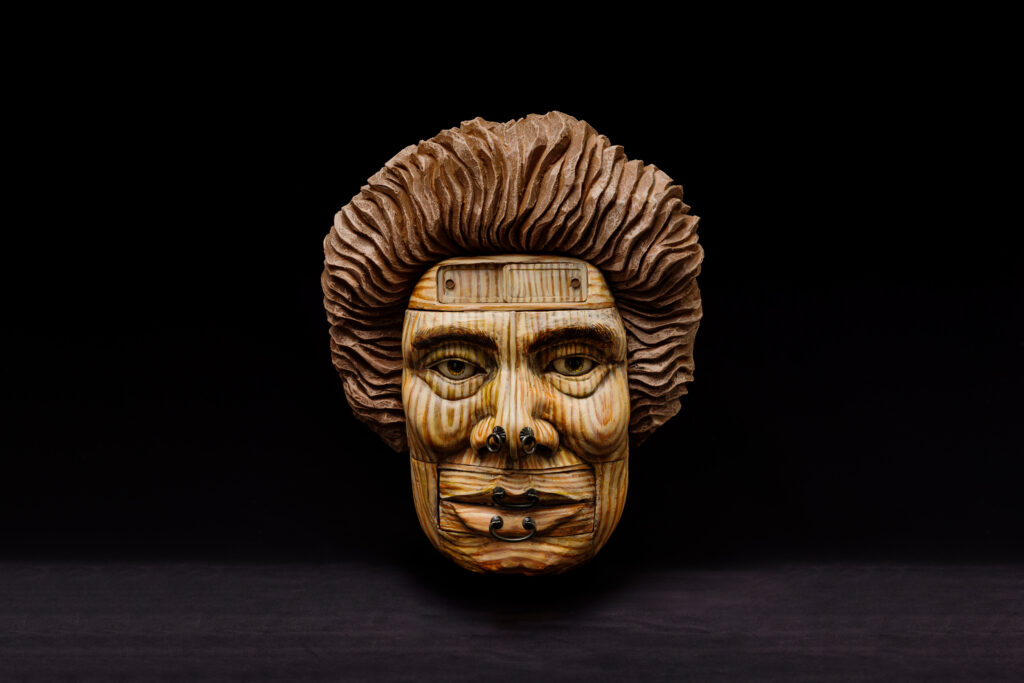
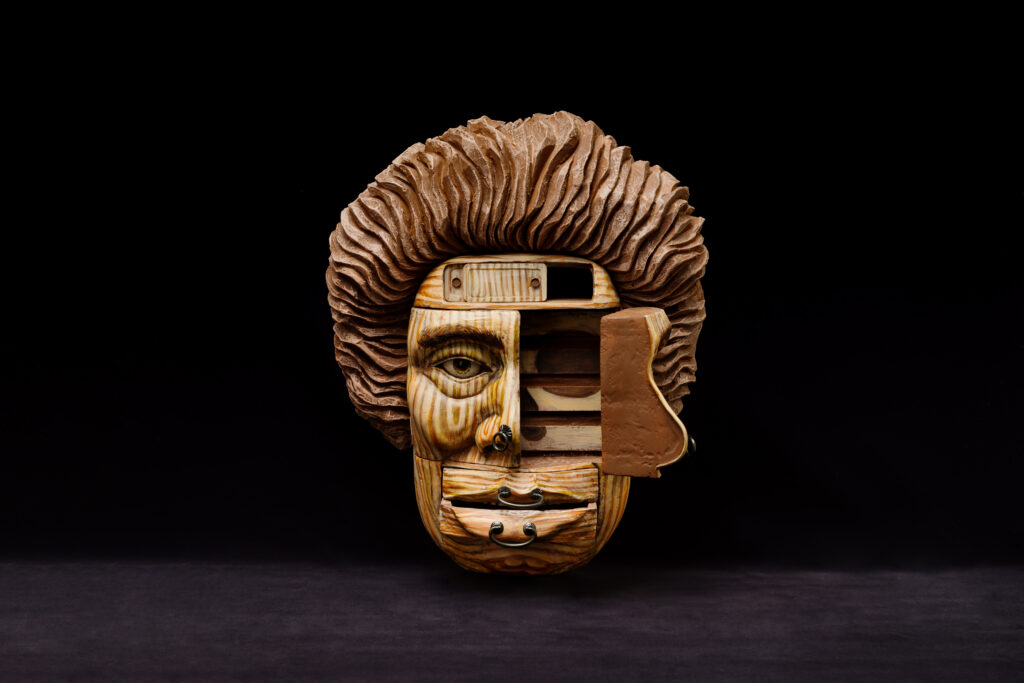
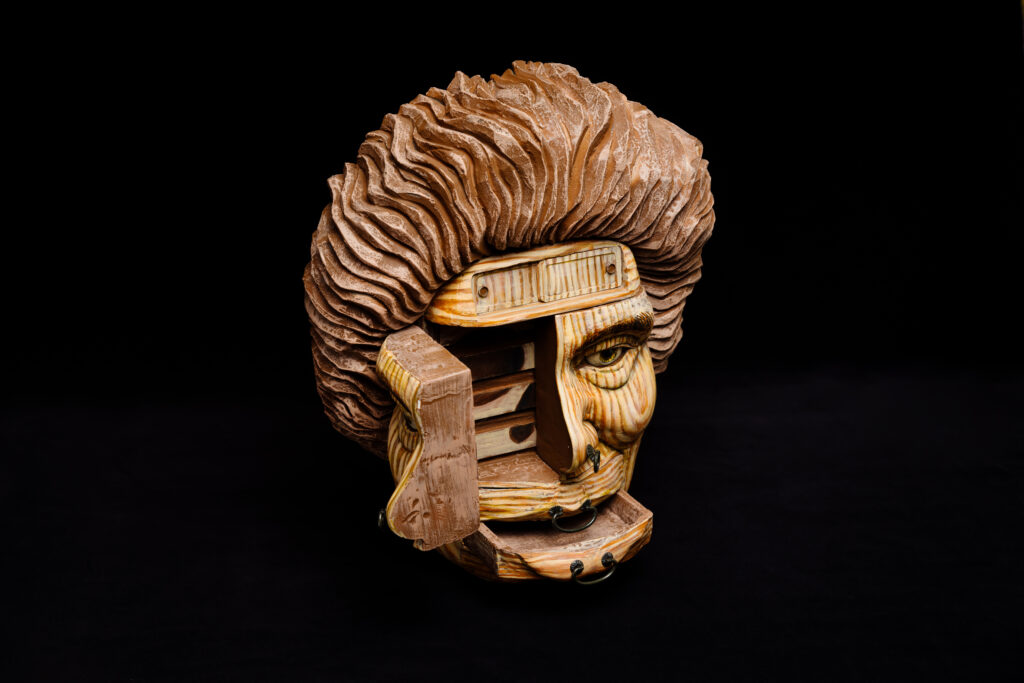
春日部は桐たんす屋さんが多くて、確か『タンスの桐仁』というお店があったんです。看板しか見たことないんですが、よく「たんすの桐仁ってお前んち?」って聞かれてました。なので。このアイデアはすぐに出ました。
今回はiPad Proで写真をもとに原画を描いたりしていつもと違うアプローチをして見ました。あと木目は曲面に貼れるという、木のシートを買ってきたんですが、結局筆塗りです。
実際にこの3倍位のサイズで、職人さんに作ってもらいたいな〜。(片桐仁)
There were many paulownia chests shops in Kasukabe, and there was probably a shop called “Tansu no Kirijin”. I’ve only seen signboards, but I was often asked, *”Do you run the paulownia chest of drawers shop?”. So this idea came out easily. This time, I took a different approach by drawing the original picture based on the photo on the iPad Pro.
*Because if you write it in Kanji, the name of shop「たんすの桐仁」 and his name「片桐仁」 are similer.
I also bought a wooden sheet that can be attached to a curved surface, but in the end, it was painted with a brush. I really want a craftsman to make it about three times the size.(By Jin Katagiri)
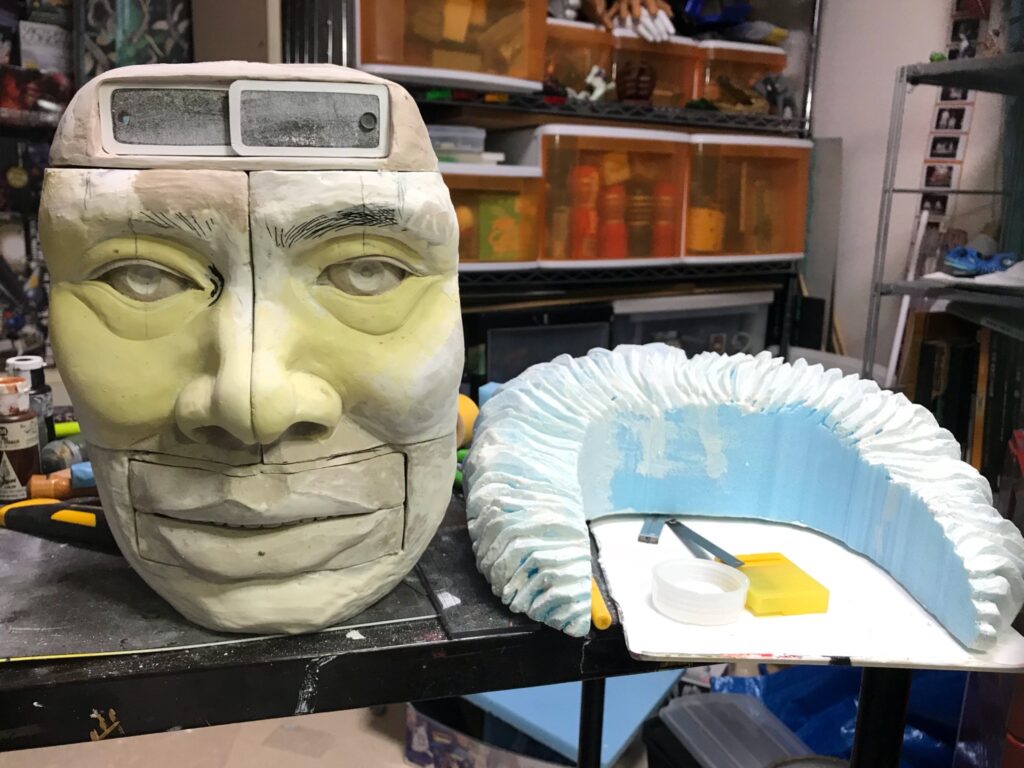
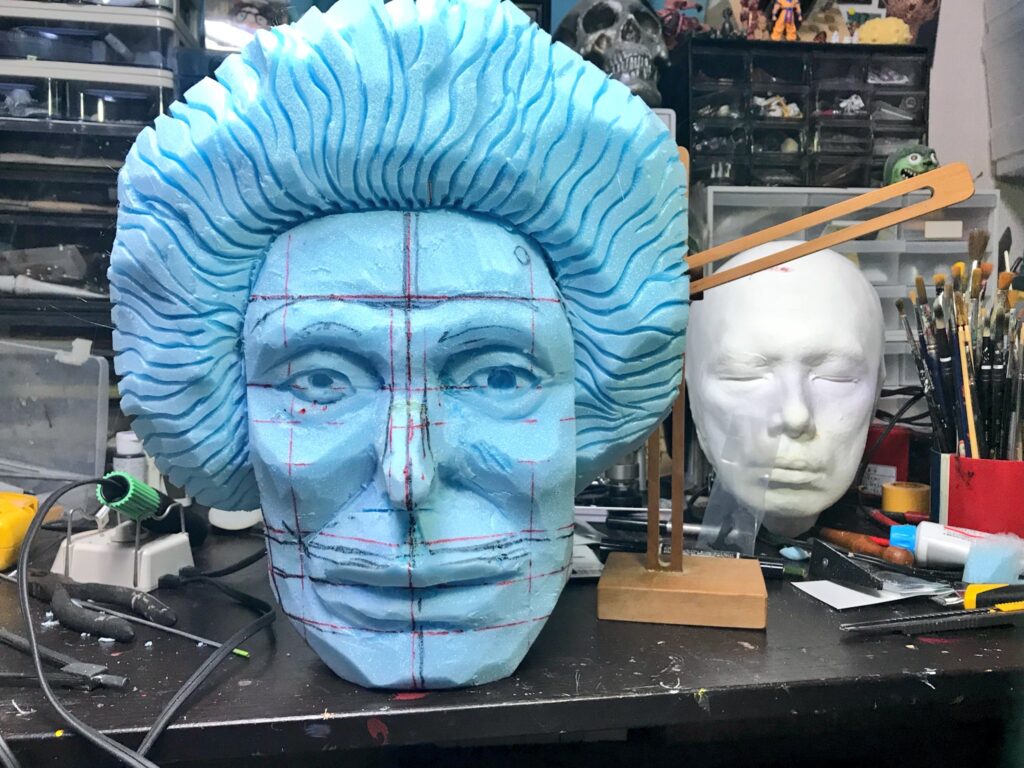
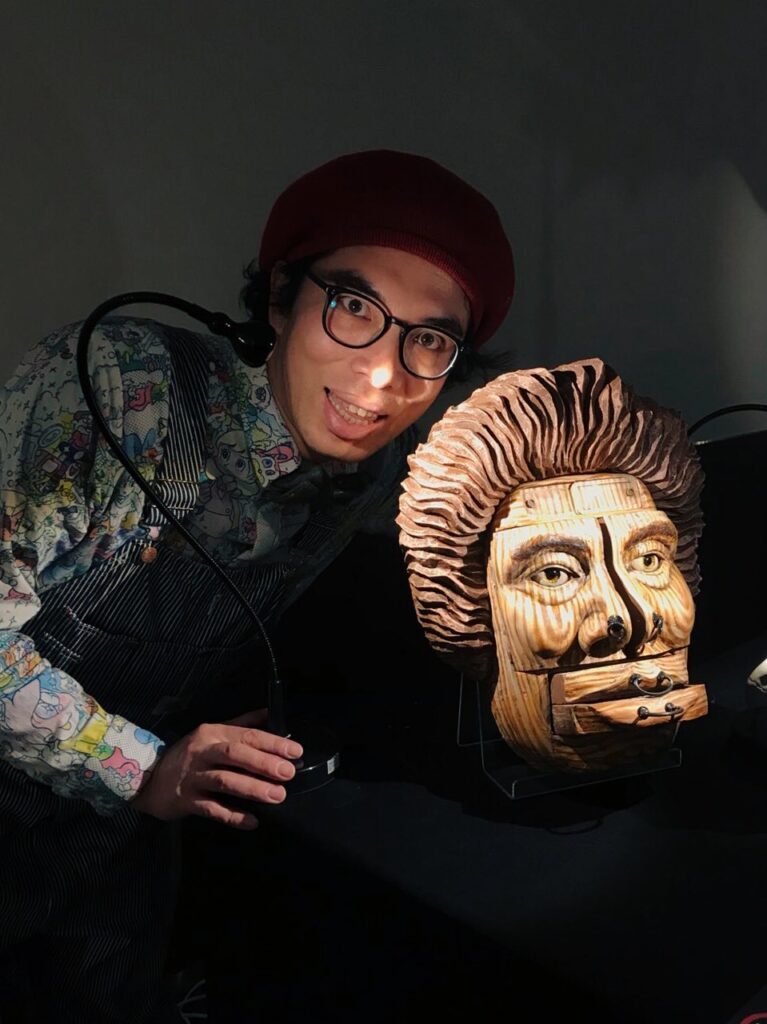
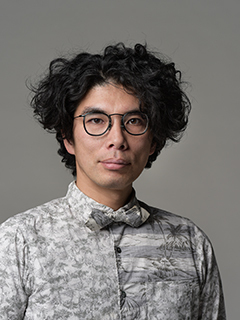
片桐 仁
1973年11月27日生まれ / 埼玉県出身 / 多摩美術大学卒業
ドラマを中心に舞台、映画、ラジオなどで活躍中。近年の主な出演作は「99.9%-刑事専門弁護士-」(TBS)、「あなたの番です」(NTV)、「NHK 連続テレビ小説 エール」(NHK)などがある。
俳優業の傍ら粘土創作活動も行い、2016年から2018年までは「片桐仁不条理アート粘土作品展 ギリ展」にて全国ツアーを開催。2019年は初の海外個展を台湾で開催している。
Jin Katagiri
Born November 27, 1973 / Born in Saitama Prefecture / Graduated from Tama Art University
Active in the stage, movies, radio, etc., mainly in TV dramas series. Major appearances in recent years include “99.9% -Criminal Lawyer-” (TBS), “Your Turn to Kill” (NTV), and “NHK Morning drama series Yell” (NHK).
In addition to acting, he also creates clay, and from 2016 to 2018 he held a national tour at the “Jin Katagiri Absurdity Clay Art Exhibit Giri Ten.” In 2019, he is holding his first overseas solo exhibition in Taiwan.
埼玉県の東部に位置する春日部市。漫画「クレヨンしんちゃん」誕生の街として有名です。また、毎年5月になると日本三大大凧祭りの一つ「春日部大凧あげ祭り」が開催されます。大きさが百畳(縦15m×横11m)の大凧を“子供たちの健やかな成長”を願いながら数百人が力を合わせて大空へ上げていく春の風物詩です。
Kasukabe City is located in the eastern part of Saitama Prefecture. It is famous as the birthplace of the manga “Crayon Shin-chan”. Also, every May, one of Japan’s three major kite festivals, the “Kasukabe Large kite flying festival,” is held. It is a spring tradition in which hundreds of people work together to raise a large kite with a size of 100 tatami mats (length 15m x width 11m) to the sky, hoping for “healthy growth of children”.

春日部市は、江戸時代のころ春日部市は日光街道第四の宿場町として設置された粕壁宿として栄え、発展を遂げて来ました。この頃、日光東照宮を作るために集まった職人が春日部に住みつき、周辺で採れる桐の木を材料とした指物*や小物を作り始めたことがきっかけで、「桐たんす」や「桐箱」の名産地になったと言われています。
指物・・板を差し合わせて作られた家具や器具の総称、またはその技法。
Kasukabe City prospered and developed as a “*Kasukabe Juku“ that was established as the fourth *Shukubamachi on the Nikko Kaido during the Edo period. Around this time, craftsmen who gathered to build Nikko Toshogu settled in Kasukabe. It is said that it became a famous production area for “paulownia chests” and “paulownia boxes” as a result of starting to make *Sashimono (joinery) and accessories made from paulownia wood that can be harvested in the surrounding area.
*Kasukebe juku : Post-station town at Kasukabe
*Shukubamachi : Post-station town
*Sashimono: A general term for furniture and utensils made by combining boards, or their techniques.

日本では桐たんすや家具の歴史は浅く、江戸時代後期(およそ約1781年〜)以降から使われるようになったといわれています。それまでは、行李(こうり)や風呂敷などを利用して押し入れに収納していました。ご飯を食べるときは箱膳を出しテーブルがわりに使っていました。布団を敷いて眠り、朝起きると布団を押入れなどに収納するなど、部屋に家具を設えずに必要な物を移動して使っていました。その様な背景もあり、欧米の硬くて重みのある据付け家具とは逆で、いつでも移動しやすい軽い桐材を使った桐たんすが誕生したといわれています。さらに、木造で湿気の多い日本家屋に、防湿、防虫、耐火性に優れている桐たんすが発展してきた理由の一つであるといわれています。
Paulownia chests and furniture have a short history in Japan, and it is said that they have been used since the late Edo period (about 1781). Until then, it was stored in a closet using a *Kouri or a *furoshiki. When we ate rice, we took out a *Hakozen set and used it instead of a table. we laid out futons and slept, and when we woke up in the morning, we stored the futons in a closet, etc. I used to move necessary things without installing furniture in the room. Contrary to the hard and heavy installation furniture in Europe and the United States, it is said that a paulownia chest made of light paulownia wood, which is easy to move at any time, was born. Furthermore, it is said to be one of the reasons why paulownia chests, which are excellent in moisture resistance, insect resistance, and fire resistance, have been developed in Japanese houses that are made of wood and have high humidity.
*Kouri : A type of basket made by weaving bamboo, willow, rattan, etc.
*Furoshiki : A cloth with a shape close to a square for wrapping things and carrying and storing things.
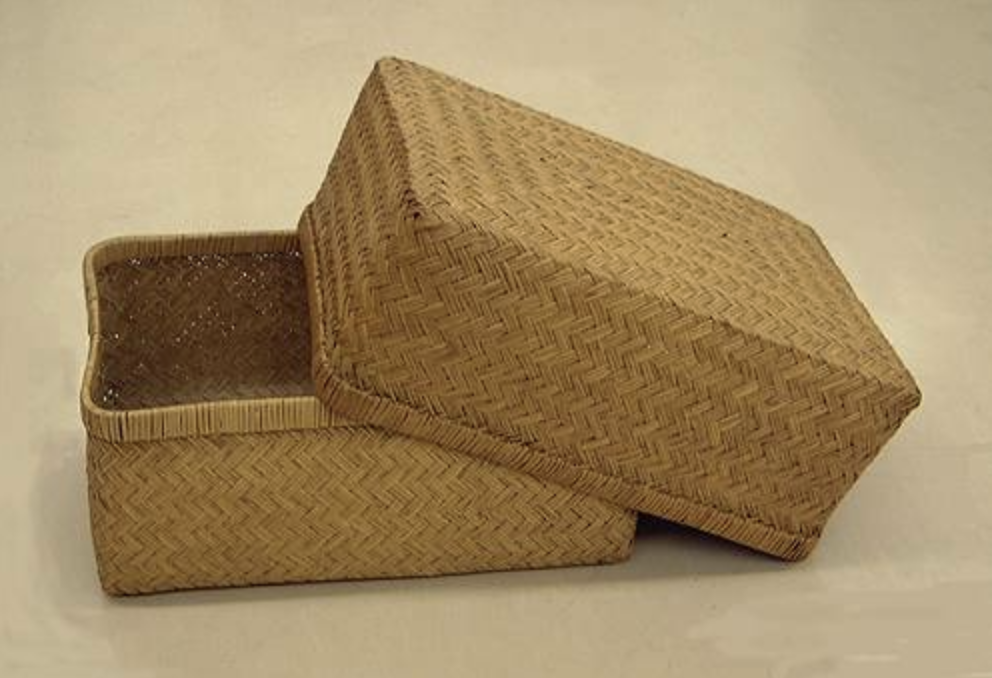

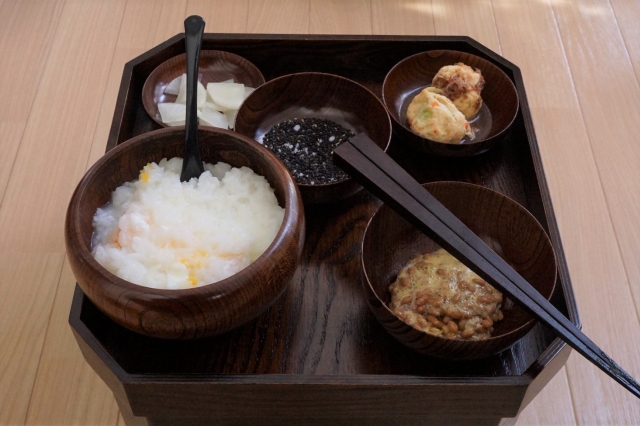

「家具や道具」が発展していく歴史や生活様式の違いで、西洋と日本が真逆の方向に発展することなどとても興味深いです。日本に限らず世界中で家具や道具は「より便利で使いやすく無駄のないデザイン」に発展している中で、洗練されたモノたちに粘土を盛り「使いにくくてシュールでユーモアのある作品」を発表しているのは世界でただ一人、片桐仁さんだけではないでしょうか。
It is very interesting that Western countries and Japan develop in the opposite direction due to differences in the history and lifestyle of “furniture and tools”. A Furniture and tools have evolved into “more convenient, easy-to-use and lean designs” not only in Japan but around the world. On the other hand, Jin Katagiri is probably the only person in the world to present “a work that is difficult to use, surreal and humorous” by putting clay on sophisticated things.
著:THAT IS GOOD編集部 藤田
Written by THAT IS GOOD editorial department Fujita